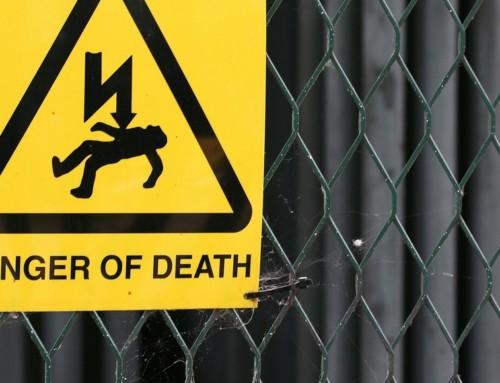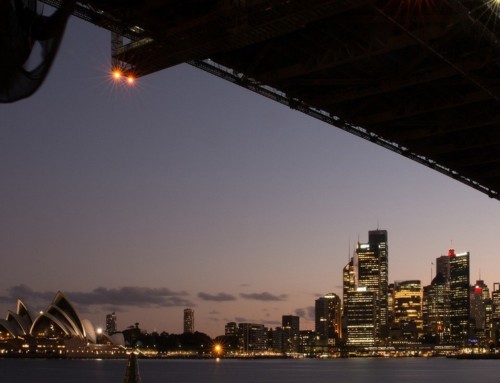If you have a look around here you will find tons of articles about different types of data cabling services, the types of cables needed for different devices and a lot more details articles with lots of specs so let’s be a bit more specific and look at one main data cabling service that is without a doubt going to play a major role in the future of all telecommunications be it internet, cable TV or basic telephones. Fibre optics.
For those who are not sure what fibre optics are here is a quick description: Basically a fibre optic cable is a “wire” made out of extruded glass commonly known as silica that is just slightly thicker than a human hair. This fibre is encased in a cladding that reflects the light back into the cable and in turn is encased in a protective coating.
The Beginnings of Fibre Optics
When most people think of fibre optics they immediately assume that it is a modern invention that arose out of the need of faster internet speeds, bigger bandwidth transfer and other advances in modern technology however the development of fiber optics began way before the first computer was even a pipe dream.
Here a just a few famous names that have been instrumental in the development of what we consider a modern technology:
- 1854-John Tyndall proved that light could in fact be bent through an experiment in front of the Royal Society. He bent light through a stream of water. Not exactly fibre optics but it was common theory at that time that light could not be bent.
- 1880-Alexander Graham Bell used focused sunlight and a mirror to successfully transmit a voice signal but gave up the idea as something as simple as a cloudy day interfered with what he called his photophone.
- 1888-As with most technologies there are many uses within different professions or services and fibre optics is no exception. Roth and Ruess managed to illuminate body cavities using bent glass rods. Apart from the telecommunication industry today, the medical profession also uses fibre optics for extremely delicate surgery and other areas.
Why Fibre Optics is So Much Better
From the very first telecommunication device that used wires the wires were made out of metal wire, mostly copper. That is over hundred and fifty years and although the wires used today for data cabling services are a lot more sophisticated the principle is still the same, electricity moves the data from one end of the cable to the other. The problem with metal is that the signal degrades as it loses energy, in electrical terminology this is called impedance or more simply, electrical friction. This friction not only causes the signal to degrade but causes the wire to heat up which in some instances can actually cause it to melt but best case scenario the life of the cable is shortened due to the heat.
Fibre optics as mentioned are made up of silica. Although the same principle applies to fibre optics, electricity is used to move the data from one end of the cable to the other; fibre optics is faster and has a longer life due to the following reasons:
- Far less degradation of the signal due to the fact that the data is being transmitted as light. In terms of internet connection the limitations of the past when it came to distance that broadband could be provided to customers are gone.
- Every day we are delayed due to road works going on and a lot of the times there is nothing wrong with the road system it is just that old metal data cables are being dug up due to deterioration, simply because of the heat factor when transmitting. Fibre optics produces only the slightest amount of heat and are therefore going to last many years longer.
- Cost benefits for consumers may not be something that is actually happening now however companies that are starting to install fibre optics throughout their entire network will not need to upgrade or replace old cables compared to companies that are still using metal cables. Ultimately every cost that a company incurs is passed on to the consumer.
- Environmental issues are becoming very serious as we are dealing with climate change and other major weather changes and fibre optics use way more less energy to transmit data. Apart from that due to the length of the cable that can be used to transmit data, a fibre optic network will have far less substations to install, repair or upgrade. These substations are used mainly to boost the degrading signal of the wire cables.
What is the Downside?
Yes with all good things there is always a downside and fibre optic data cabling is no exception. For now the major downside is the costs involved. Fibre optic cables do without a doubt cost a lot more however if you take into consideration the speed, longevity, environmental impact and other factors if you are a business or homeowner looking for some sort of data cabling services for your premises, fibre optics may cast a bit more now but will ultimately provide you with better connection and in the long run save on maintenance, repair and upgrade costs.









